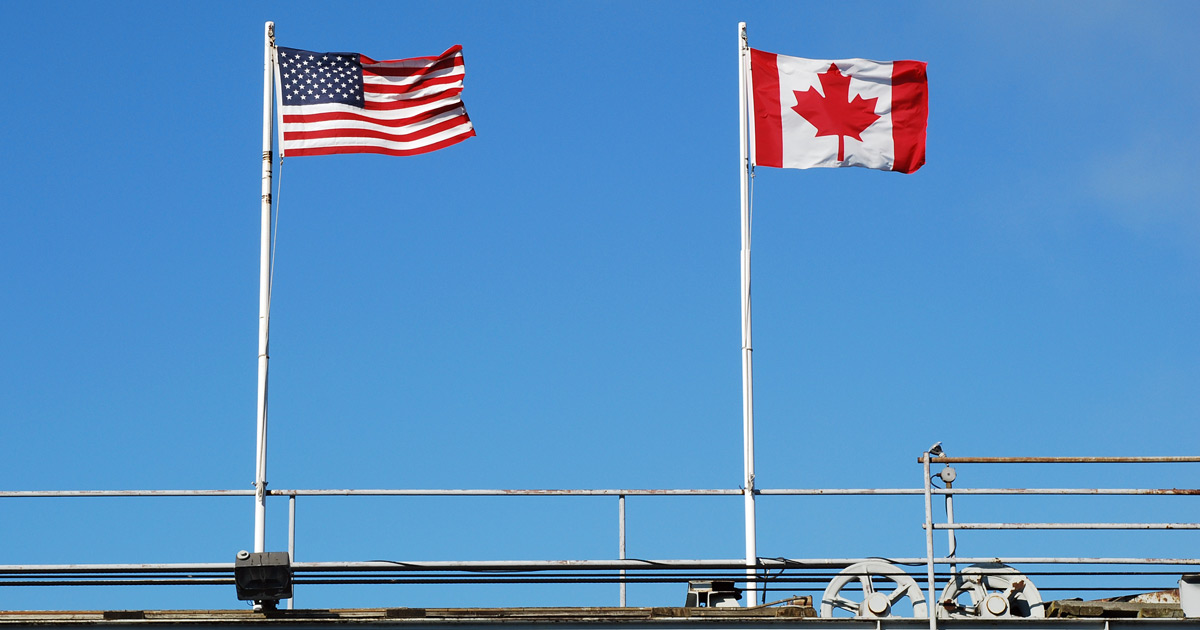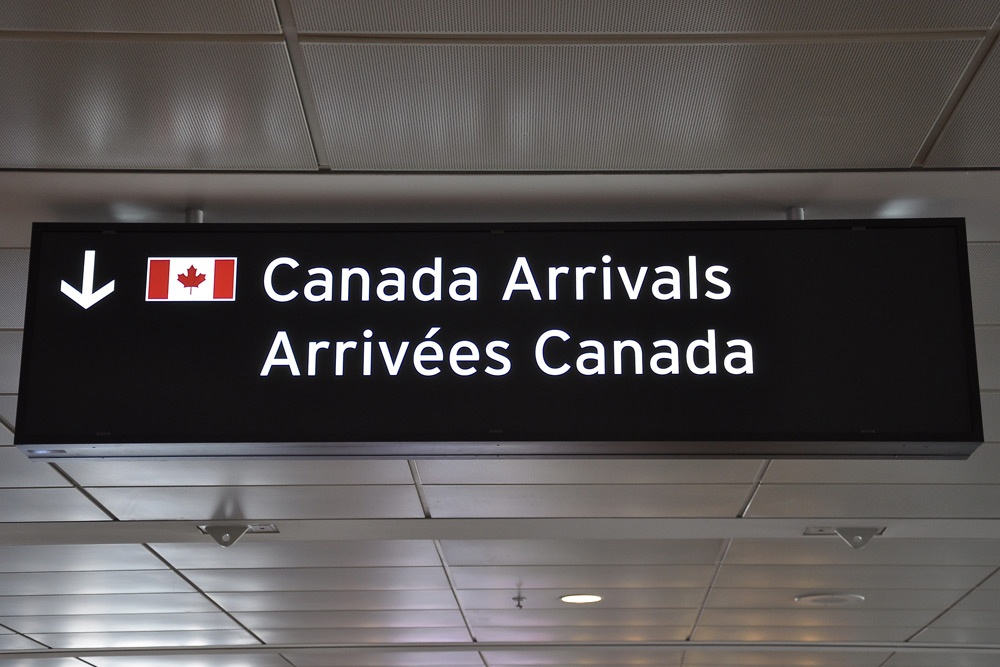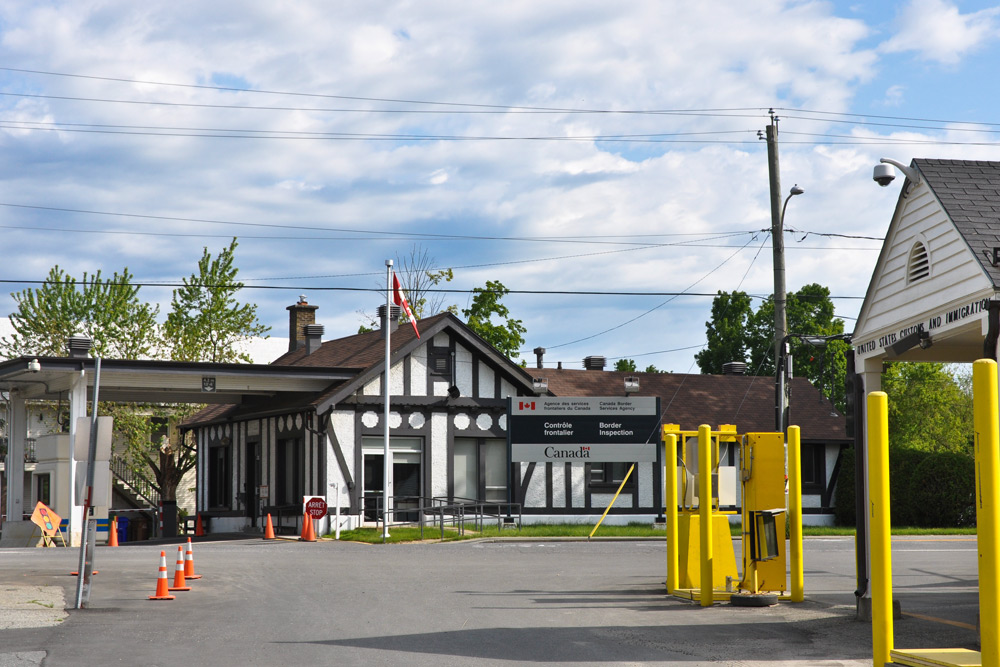
The allure of Canada is undeniable. From the incredible hiking in Banff to the French culture in Quebec, our neighbor to the north offers so much to explore. Perhaps the best part of all is how close Canada is to the U.S. You don’t have to take a long flight to experience this enchanting country. In fact, you can drive, ferry, or train across the border.
Others are catching on, too. Data shows that in March 2019, Canada saw a 2.1% year-over-year increase in U.S. visitors. In one month, Canada welcomed 2.1 million U.S. travelers!
You and senior travelers like yourself can make the trip to Canada as well. But because you are crossing country lines, there are a few Canada travel tips you’ll want to keep mind. To make it easy, we’ve answered your FAQs. Follow our how to travel to Canada guide to make crossing the border a cinch!
Do you need a passport to travel to Canada?
Yes. No matter if you’re flying, driving, or taking the train, you will need a U.S. passport or passport card. A NEXUS card is also an option though.
What is a NEXUS card?
Canadians and U.S. citizens have the option of applying for a NEXUS card. A NEXUS card is a substitute for a passport that you receive after passing a pre-screening process. This card also grants you access to expedited processing lanes and speedy kiosks. Citizens can apply online in advance of their travels.
Do I need a visa to travel to Canada?
If you are an American citizen and you plan to visit Canada for fewer than 180 days, you do not need a visa. However, U.S. citizens traveling to the country for work, study, or immigration need visas.
What is Electronic Travel Authorization in Canada?
U.S. and Canadian citizens cannot and do not need to apply for an Electronic Travel Authorization (eTA). Only visa-exempt travelers need them prior to flying to Canada. Visa-exempt travelers are visitors from countries that Canada does not require to carry visas.
Travelers from visa-required countries cannot apply for eTAs. See the list of visa-required and visa-exempt countries.
Where are the U.S.-Canada land border crossings located?
There are 119 U.S.-Canada border crossings. You’ll find crossings in Washington, Idaho, Montana, North Dakota, Minnesota, Michigan, New York, Vermont, New Hampshire, and Maine.
What if I’m crossing the border with my grandchildren?
If you’re traveling with children, they’ll need proof of citizenship, such as a birth certificate. They are not required to carry a passport to enter Canada, but they do need one to enter the U.S.
Traveling without their parents? Carry written permission from their parents to do so. The letter should include their parents’ addresses and telephone numbers. Also, include a photocopy of the parents’ passports or identity cards. The border agent may not ask for it, but it’s best to have it one hand just in case.
Can you travel to Canada if you have a criminal record?
U.S. and Canada share all criminal information databases. Yes, even those silly offenses from your youth! Certain offenses may make you inadmissible to enter the country, despite how long ago they occurred. If you have any sort of prior conviction, no matter how big or small, do some further research. Depending on the crime and your past, you may qualify for resolving inadmissibility.
With these handy tips for traveling to Canada from the U.S., you’re well on your way to your next grand international adventure!
Ready to travel? Check out some of these helpful resources to get your trip started!
Header image via Katharine Wellis/Shutterstock



